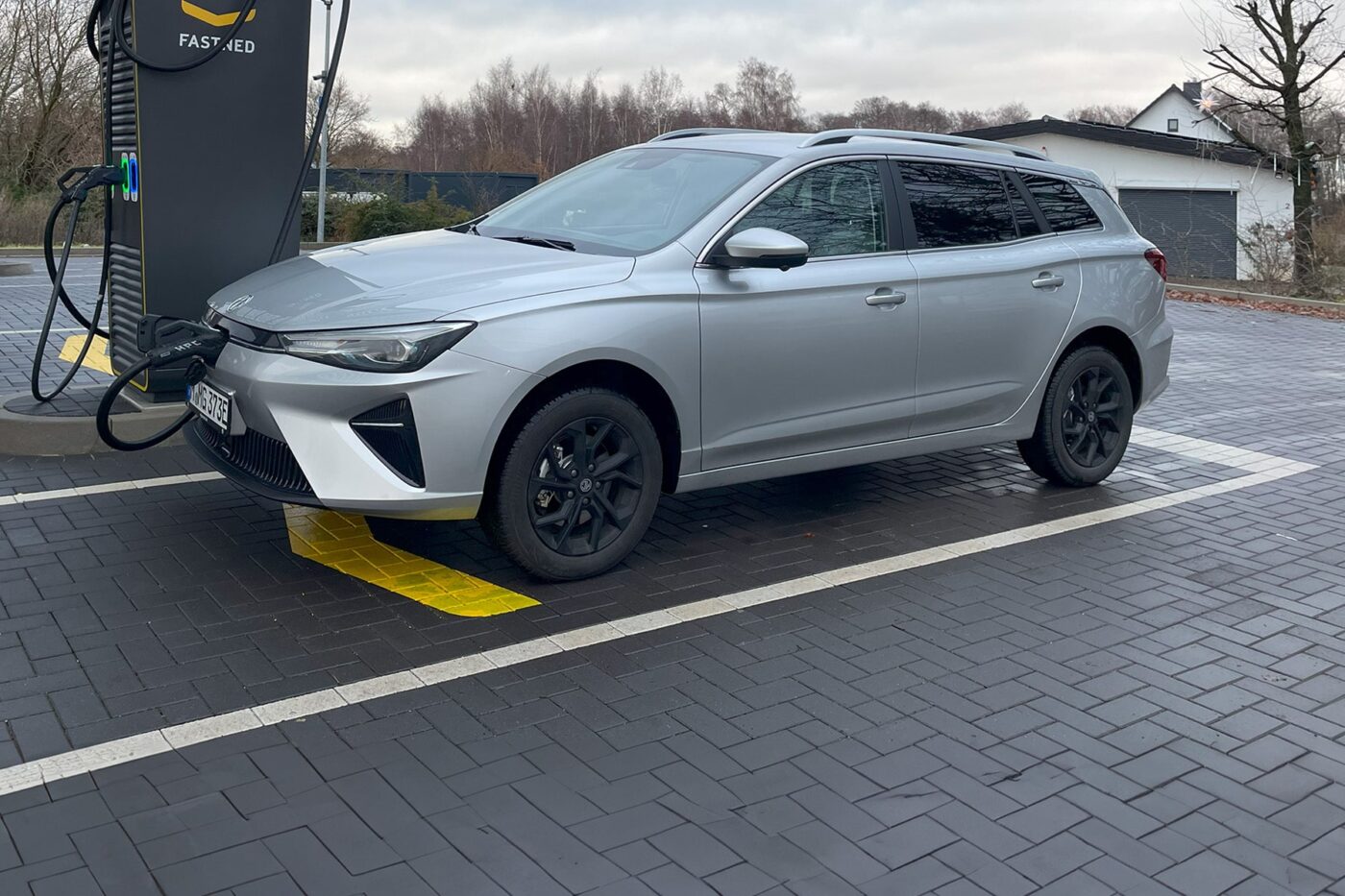
How does the long-awaited MG5 Electric measure up?
Electric station wagons have long been neglected by carmakers, but are now also becoming increasingly rare among combustion engines simply because SUVs are moving into the limelight. MG Motor from China now wants to score with an affordable mid-size station wagon in Europe. Is the MG5 the long-awaited family car with a lot of utility? Further, can the SUV competition keep up with the utility of the station wagon?
Station wagons are a more Western European affair, but the electric variants are coming. Opel, for example, has announced the Astra Sports Tourer Electric for this autumn, and an electric estate from Peugeot will follow. The MG5 Electric from MG Motor, a brand now belonging to the Chinese SAIC Group, has already been available for a good year.
Visually, the 4.60-metre-long MG5 is unobtrusive. Hardly noticeable in the everyday street scene. Among all the futuristic and eye-catching new cars, the MG5 almost seems to have fallen out of time with its straightforward body. Only its closed front hints that there is more future in it than meets the eye.
Looking under the bonnet of our test car, we see there is no frunk, just a large plastic cover that takes up the entire engine compartment. Underneath is a 115 kW electric motor – incidentally also the same output as the announced Astra Electric.
The MG5 Electric has nothing to do with sportiness
A glance at the power rating already revealed what has been confirmed in practice: that the MG5 Electric has nothing to do with sportiness. Nor does it want to. Even so, it still manages an acceleration from 0 to 100 km/h in 8.3 seconds and reaches a top speed of 185 km/h. On the road, the electric series scored points with its comfortable chassis; only larger bumps were not sufficiently damped. The steering gives sufficient feedback and is precise. Despite the decidedly comfortable design, it could still be a little more direct. Larger movements of the steering wheel are required, even for small changes of direction. The seats also provided good comfort, but more on that later. Let’s stay with the technology first.
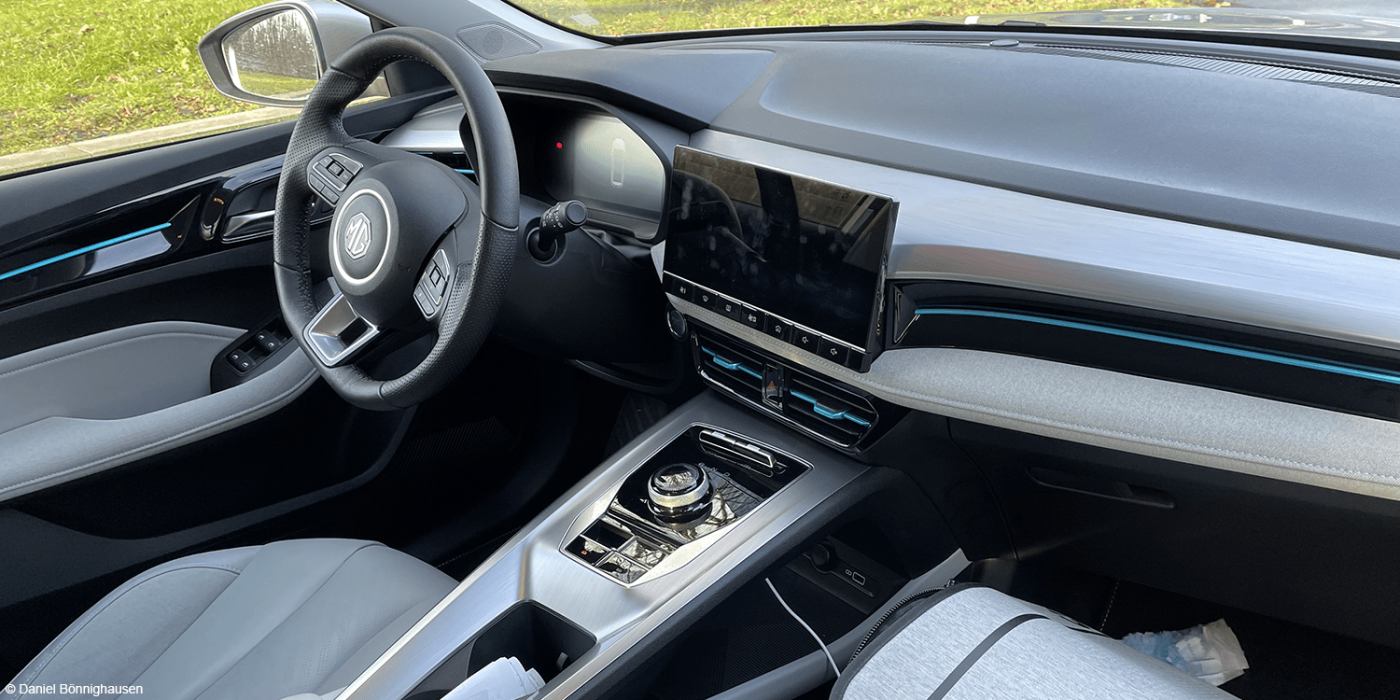
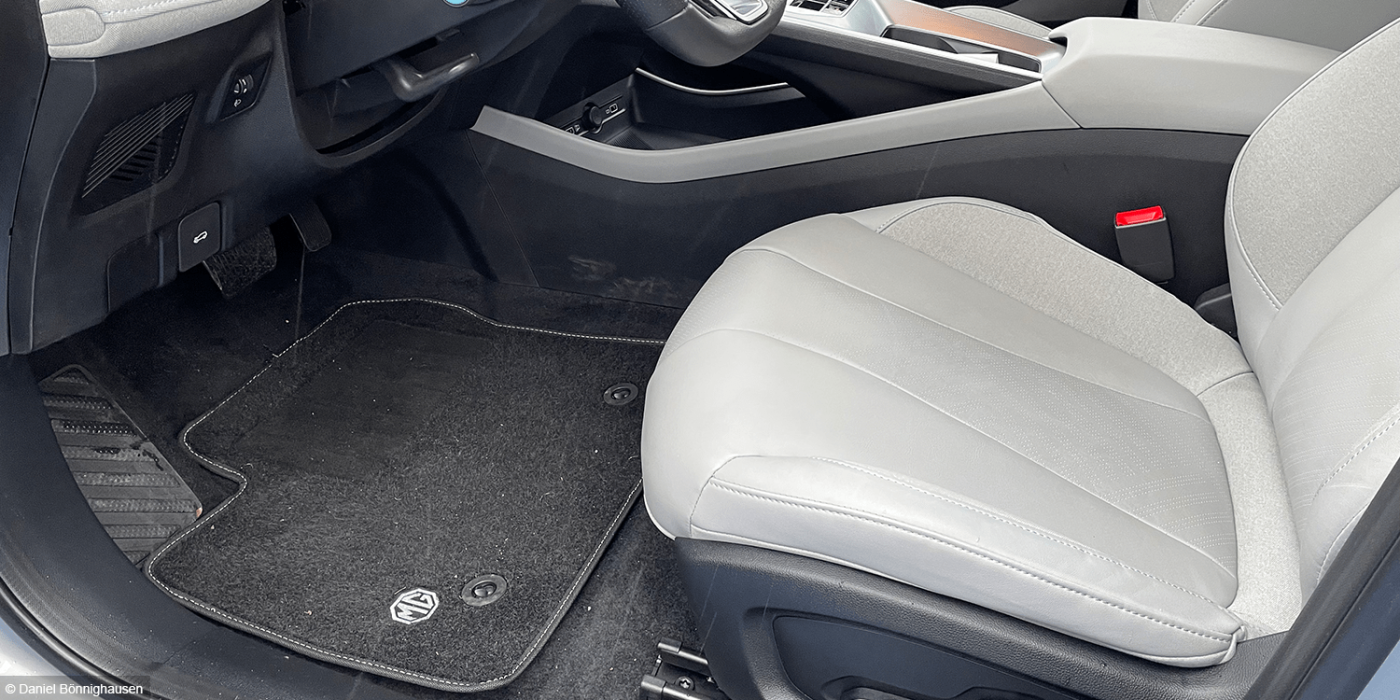
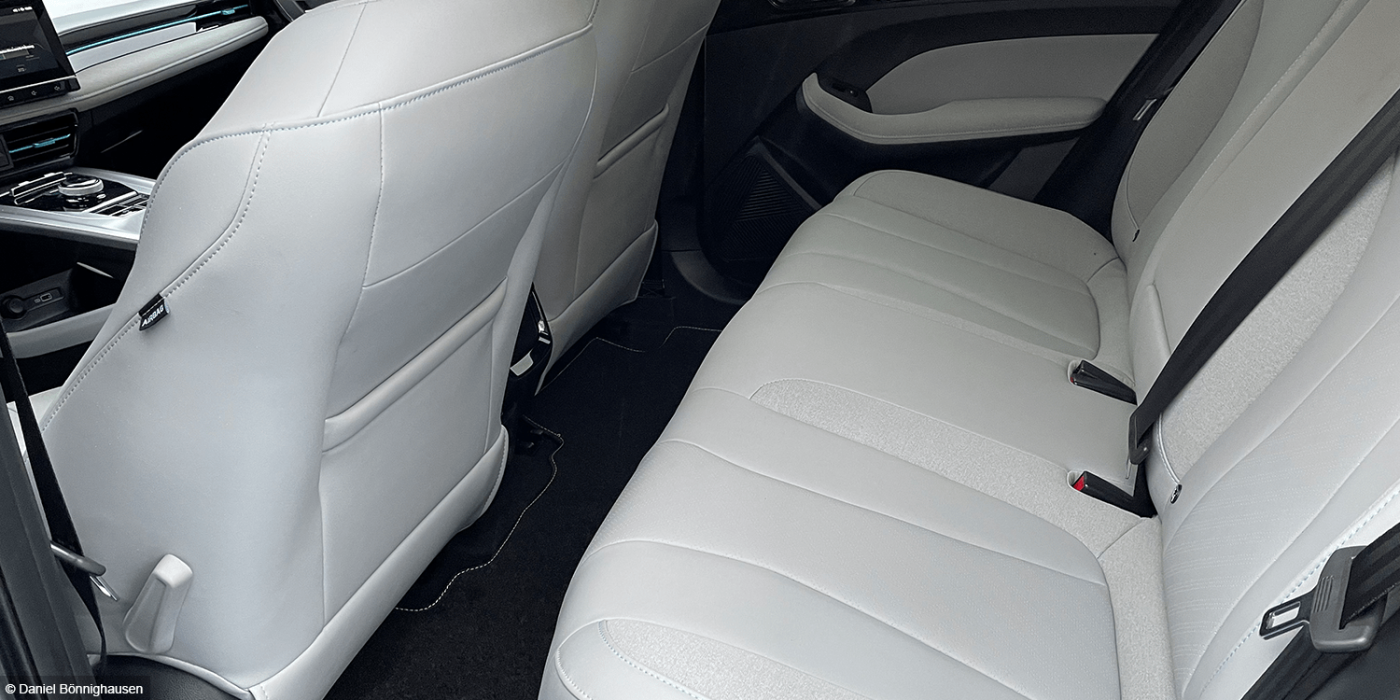
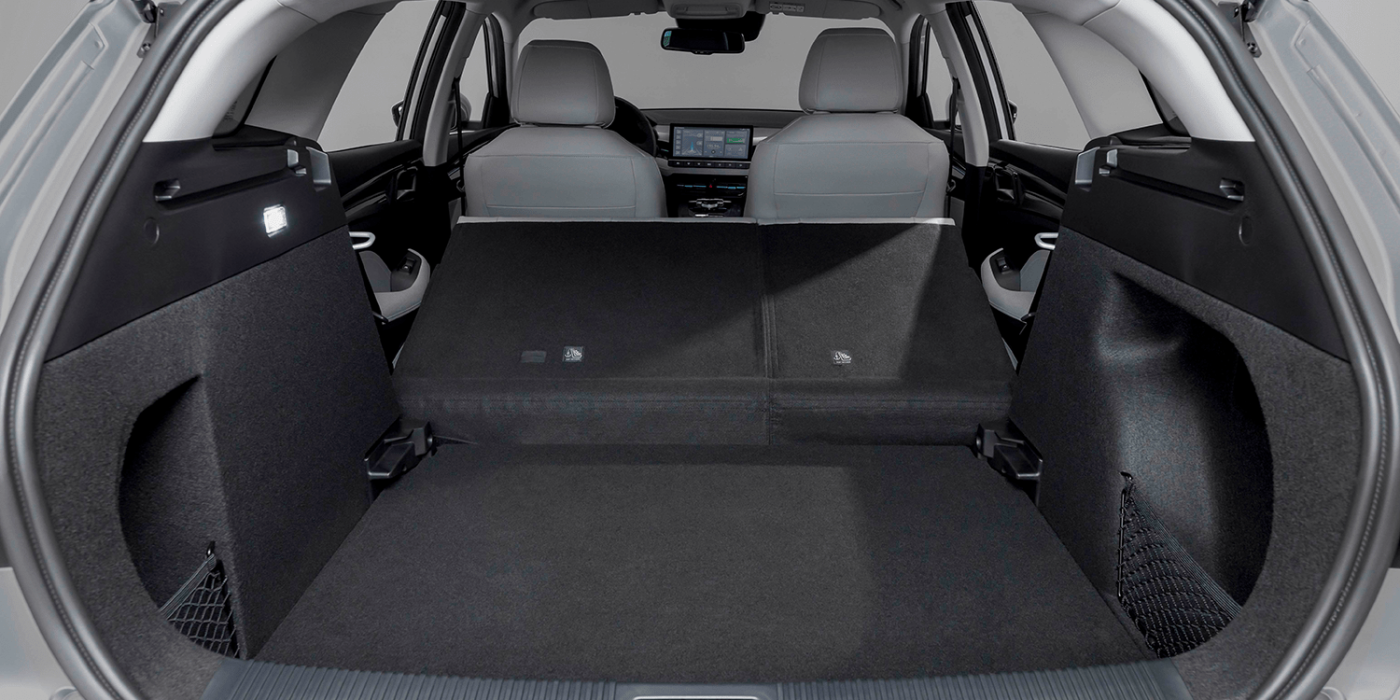
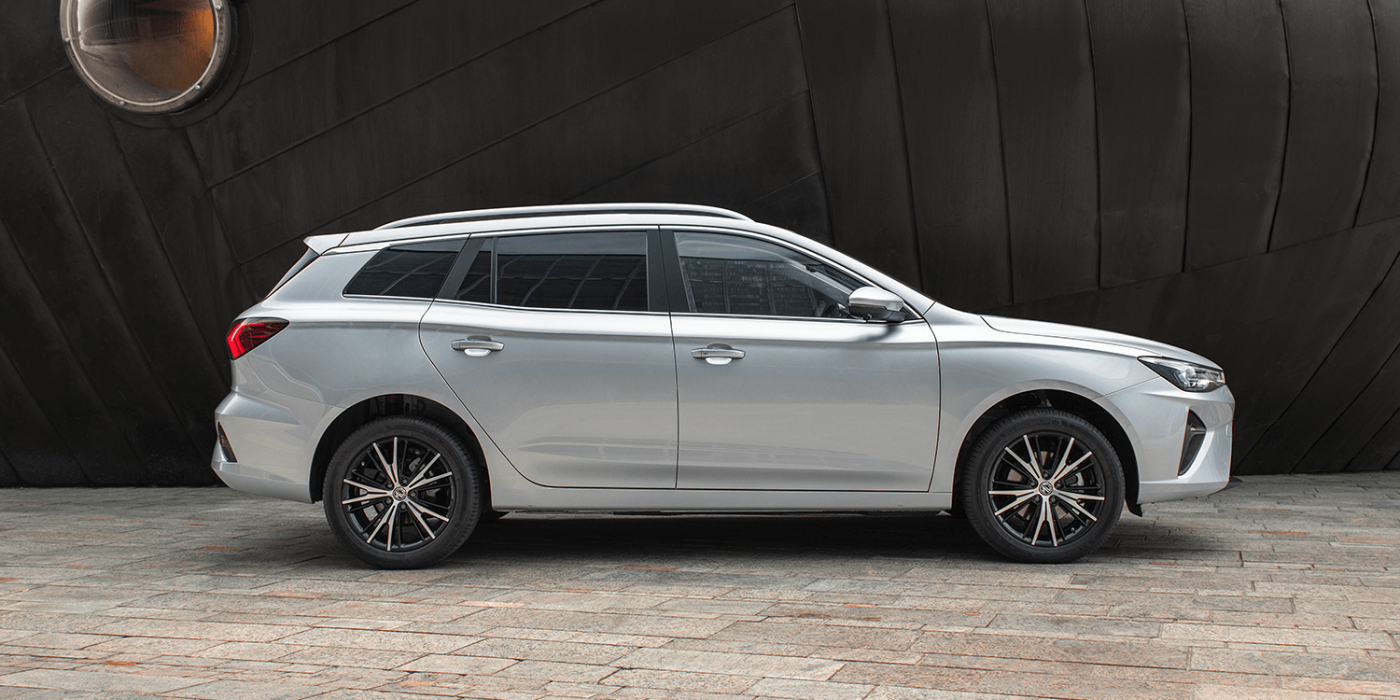
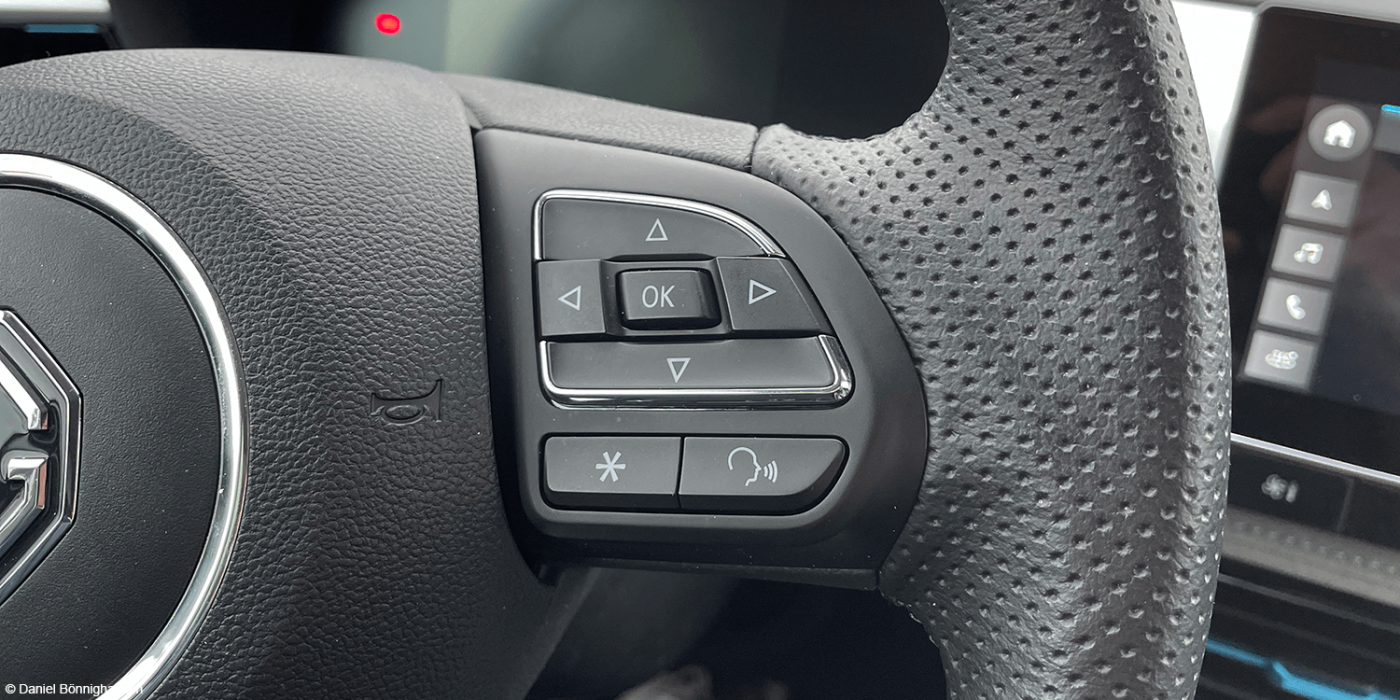
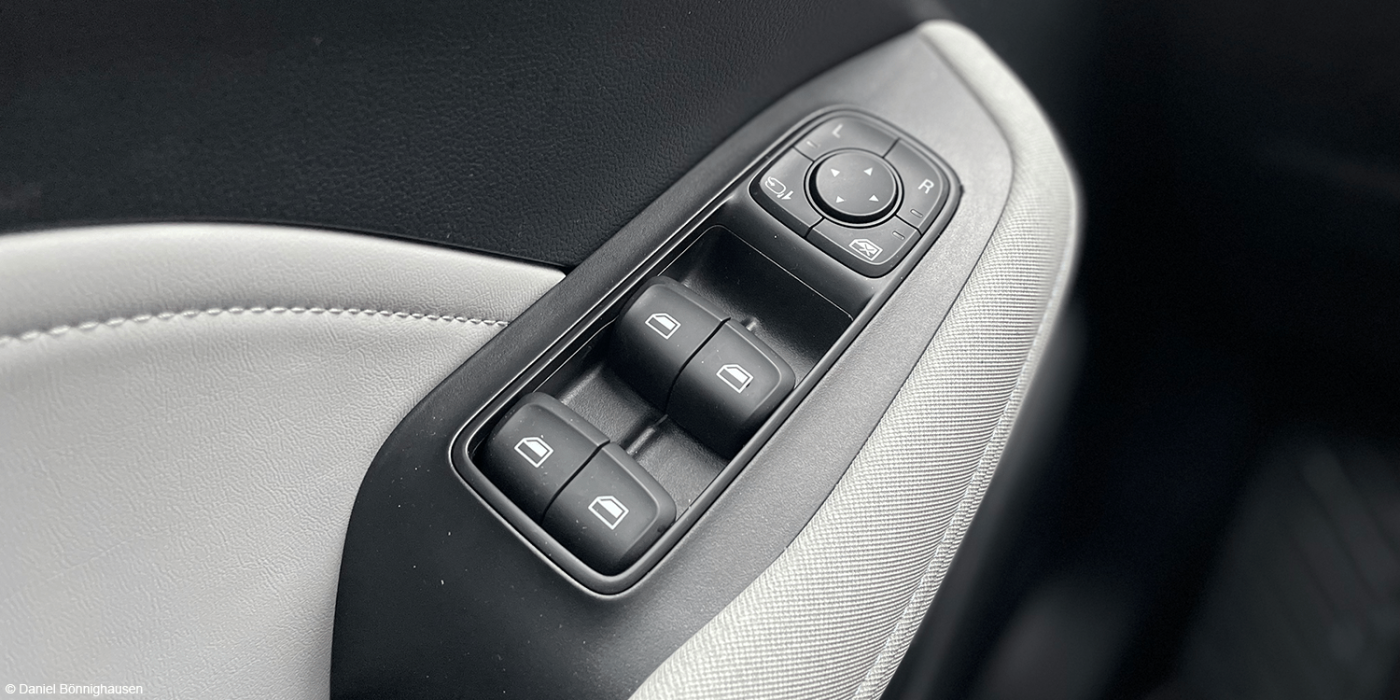
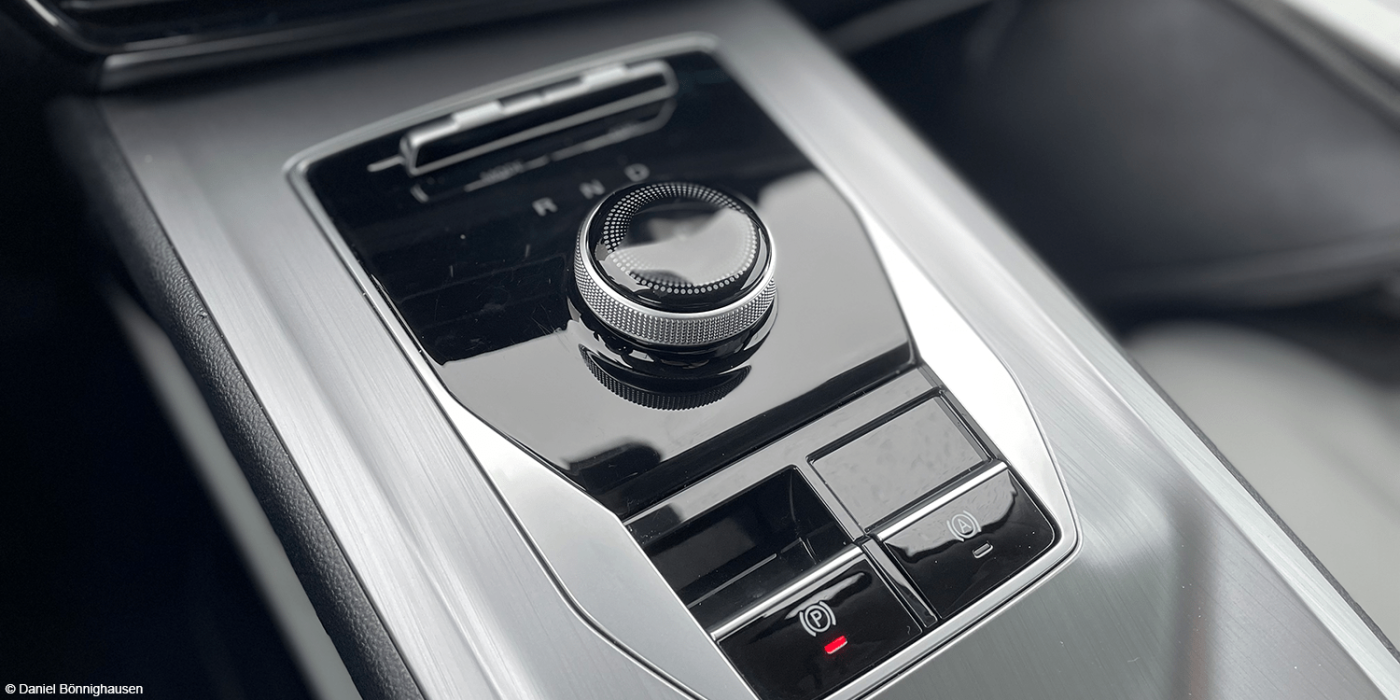
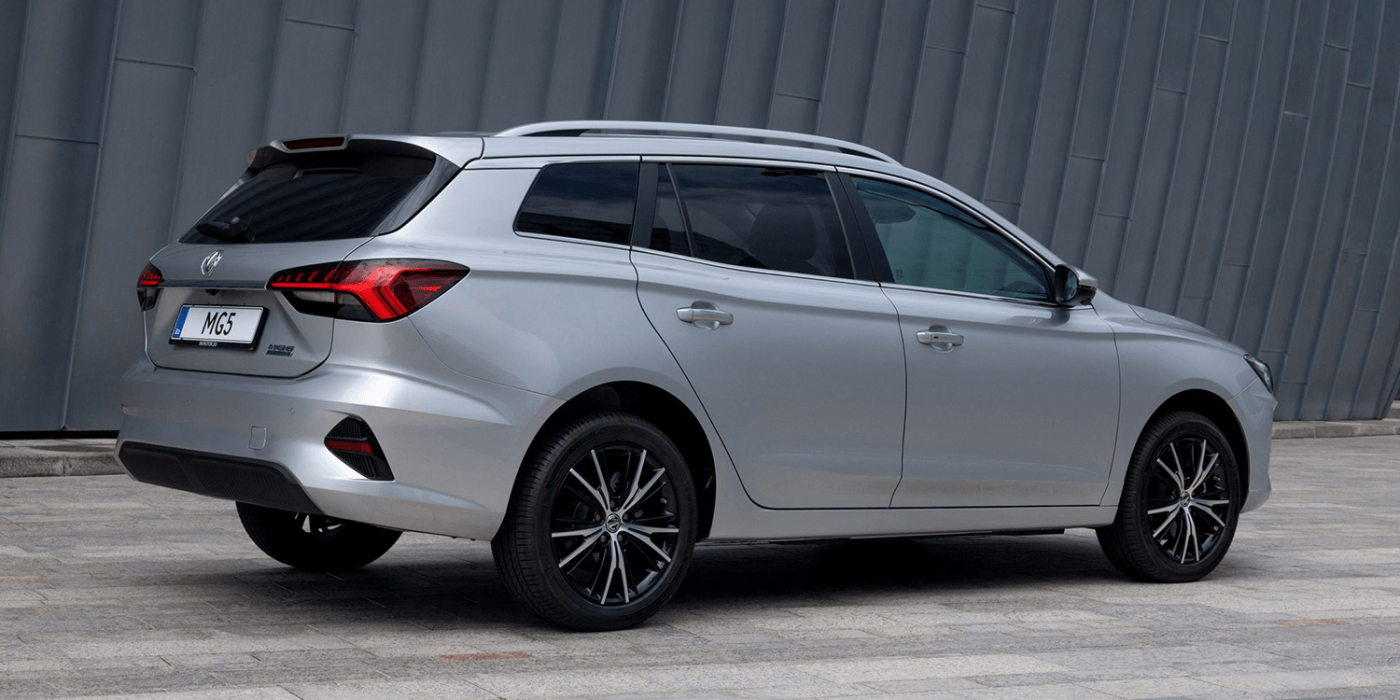
MG Motor claims its MG5 electric has a range of up to 400 kilometres, according to WLTP. This range should be possible with the 61.1 kWh battery (gross, 57.8 kWh net). On paper, the MG5 has to take second place to the Astra, which with its 54 kWh battery (51 kWh net) is supposed to achieve up to 416 kilometres according to WLTP.
As generally tends to be the case, the car’s practical range differs in everyday life. According to the onboard computer, consumption values between 16.5 kWh/100 km and 18 kWh/100 km are the order of the day for predominantly city and country road trips. This results in a range of between 350 kilometres in the better case and around 320 kilometres in the worse case. If you drive mainly on the motorway, the consumption figures are more likely to be between 19 kWh/100 km for relaxed driving and heavy traffic and 23 kWh/100 km for longer stretches at 130 km/h. The first value, for example, was obtained in good weather conditions. The first value, for example, was obtained in good weather and temperatures of just under 10 degrees on the route from Herne to Hamburg (375 km, 79 km/h average, 18.9 kWh/100 km). The worse value on the tour from Schwalmstadt to Hamburg was likely due to rain and temperatures below 10 degrees (393 km, 99 km/h on average, 22.6 kWh/100 km). This results in ranges of around 300 to 250 kilometres.
The battery can be recharged via the charging port at the front. An 11 kW charger is fitted as standard, which means that charging to 100 per cent takes around 6.5 hours. There is no 22 kW charger. A DC charging station with up to 87 kW is, of course, faster. Here, the battery can be charged from five to 80 per cent within 40 minutes.
Due to the winter temperatures, this range was not possible with a cold battery. The submenu hid the option to switch on the battery heater manually. A few kilometres on the motorway – unfortunately, we cannot be more precise here – were necessary to bring the accumulator up to temperature and finally still be able to meet the time specification.
The electric station wagon does not have automatic preconditioning. Not even via route planning, simply because the integrated TomTom navigation does not have this capability. Charging stations are displayed, but the network is very patchy – along our routes mentioned above, some, but by no means all fast chargers were displayed. And the charging stops were not automatically planned into the route at the appropriate time. In any case, the infotainment could be improved in some places. For example, the touch screen sometimes reacts with a delay, some menu items are not immediately obvious and the translation still needs work.
One advantage is certainly the integration of Apple CarPlay and Android Auto, even if only wired. This also solves the problem of route planning with charging stops. However, many apps can still do this better than some systems integrated into the vehicle.
Already well equipped as standard
The navigation system and smartphone integration are available as standard. Also standard are numerous assistance systems that could hold their own in practice. Although some worked well, others were less so. The 360-degree camera is one of these useful features. The lane departure warning system, on the other hand, proved to be in need of improvement. It fluctuated too much within a lane and also had occasional difficulties in road works.
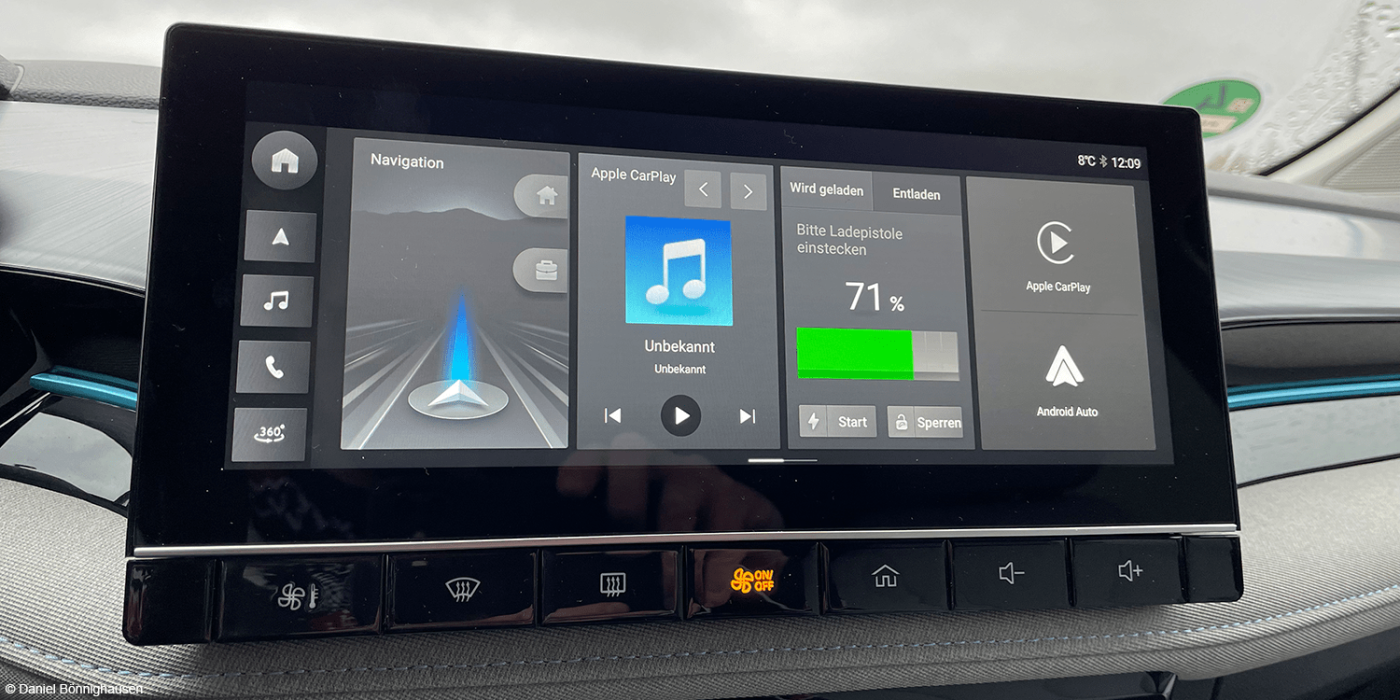
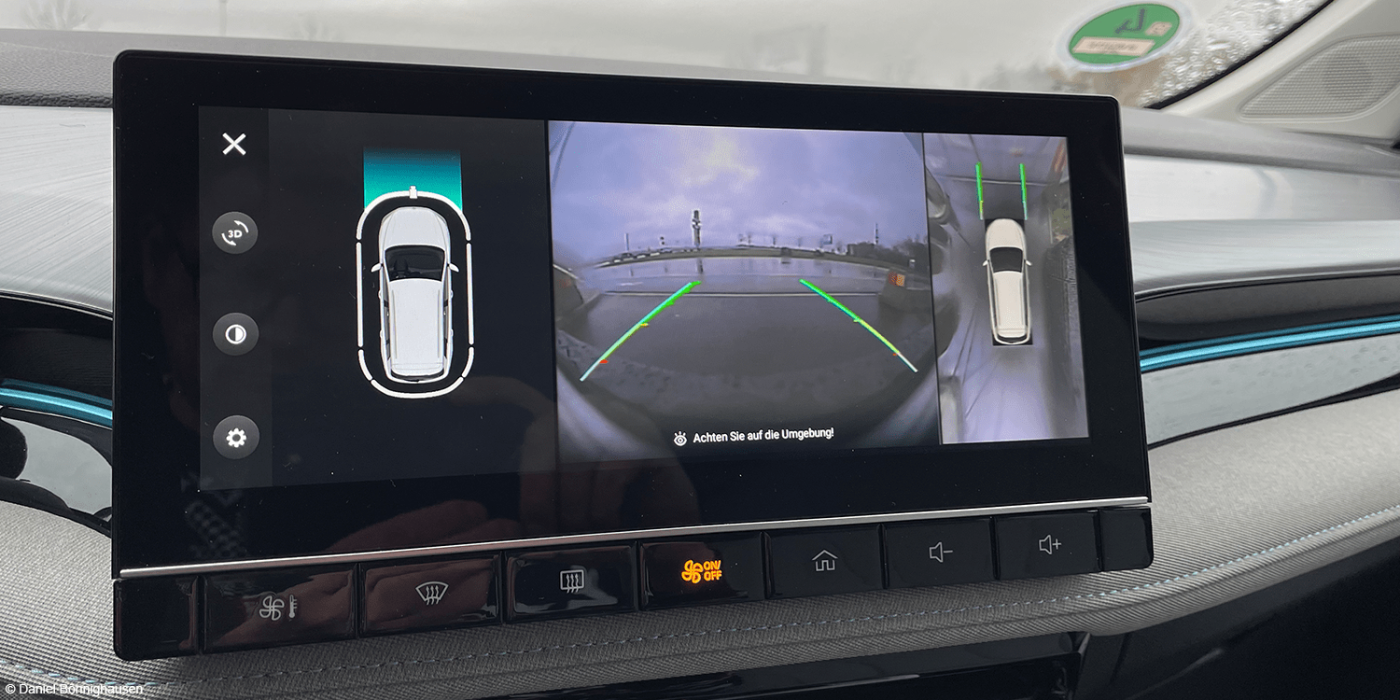
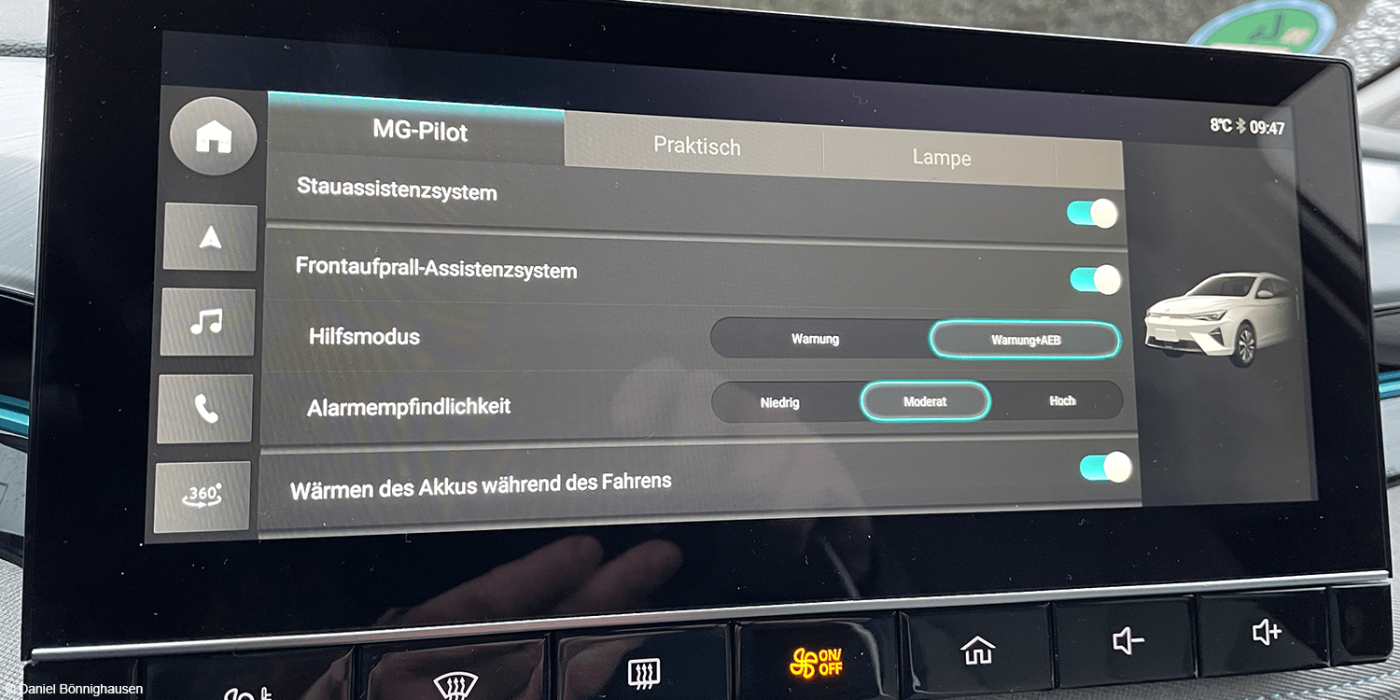

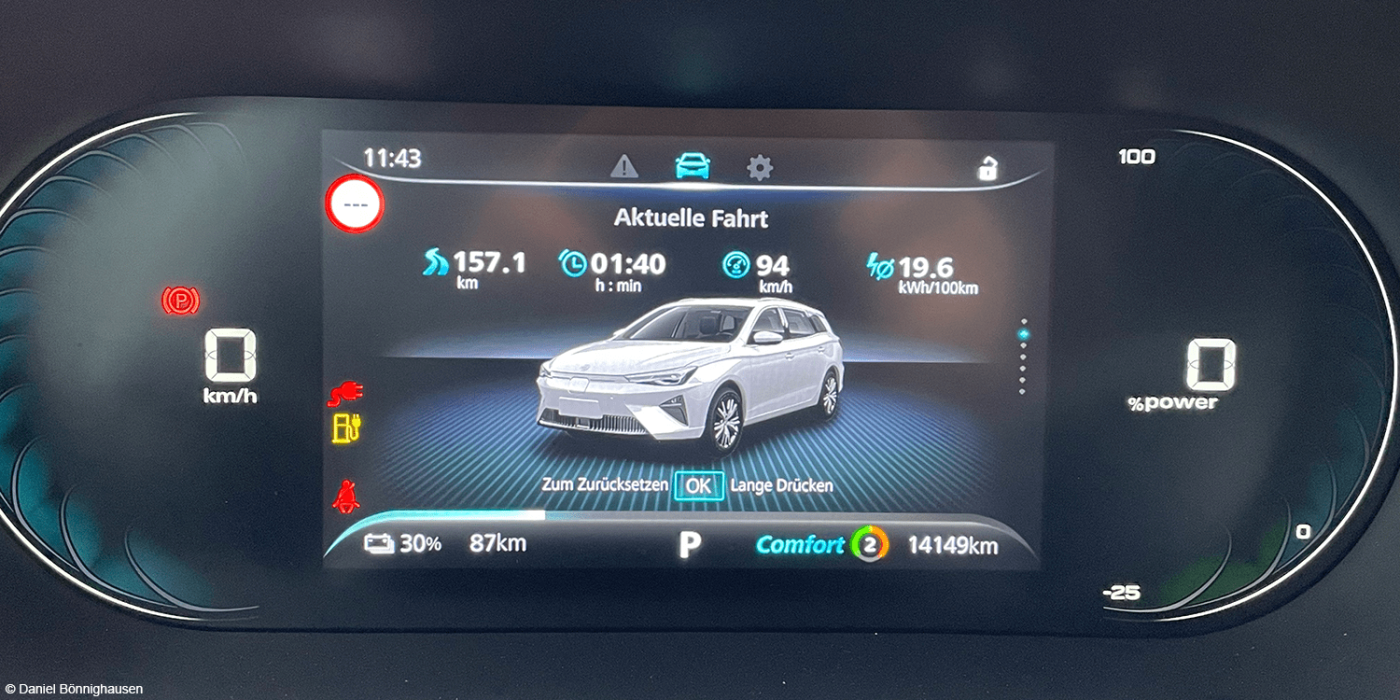
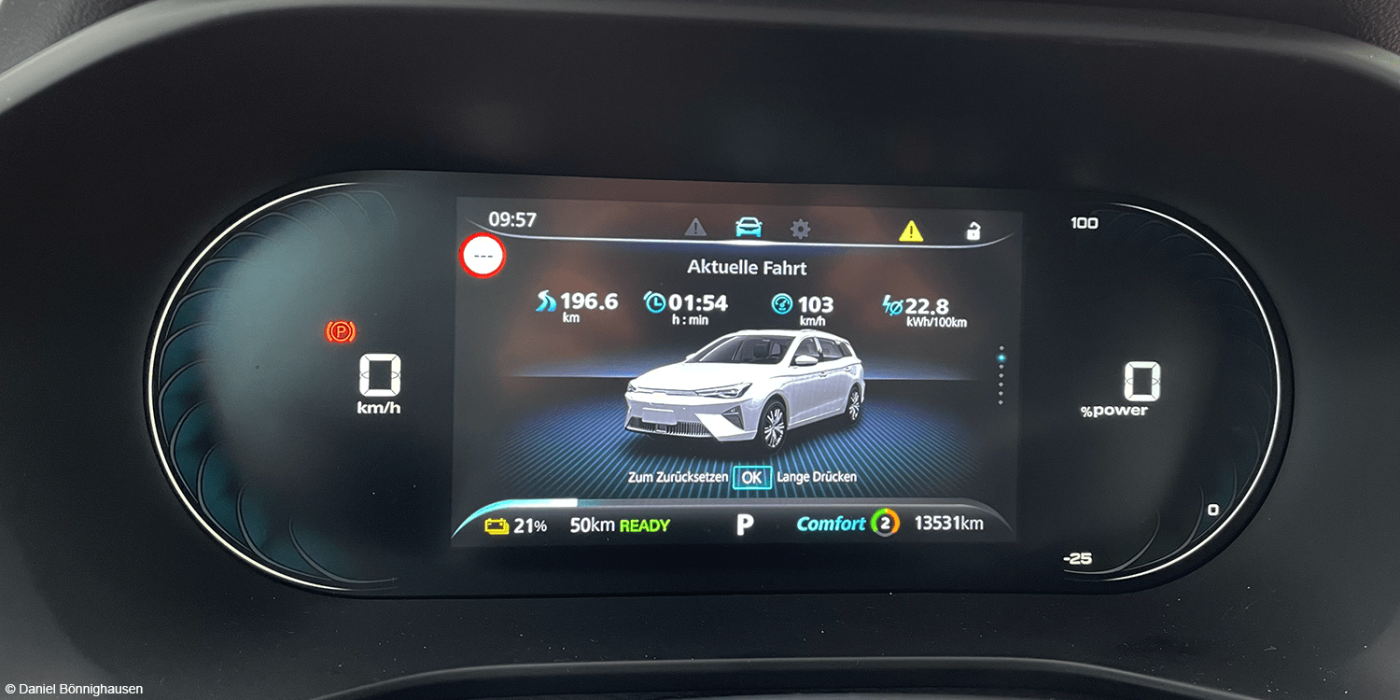
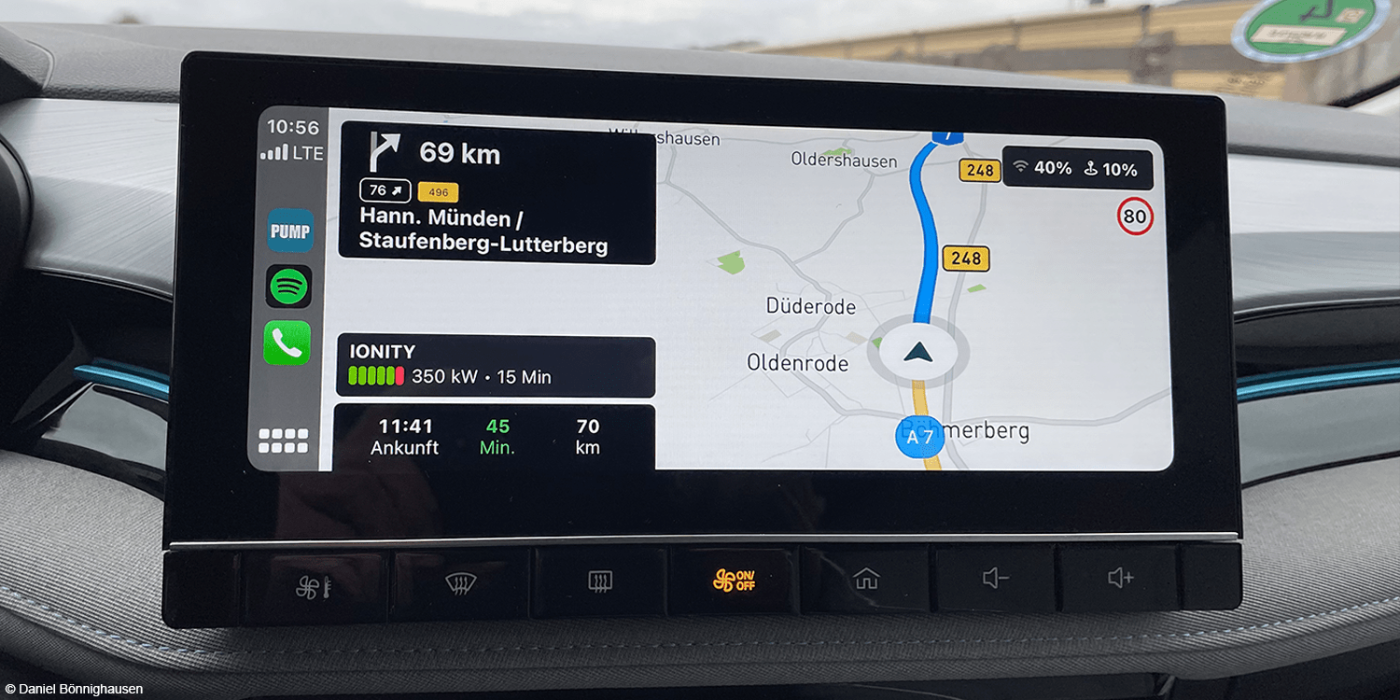
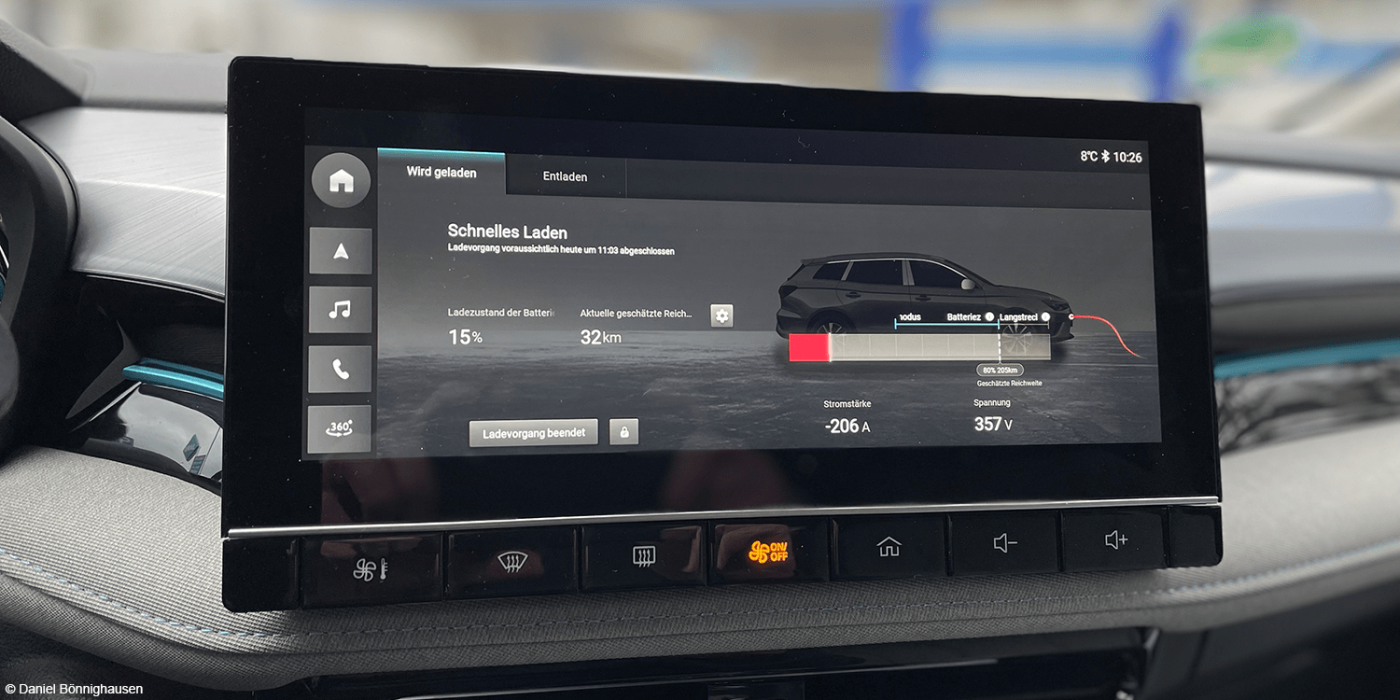
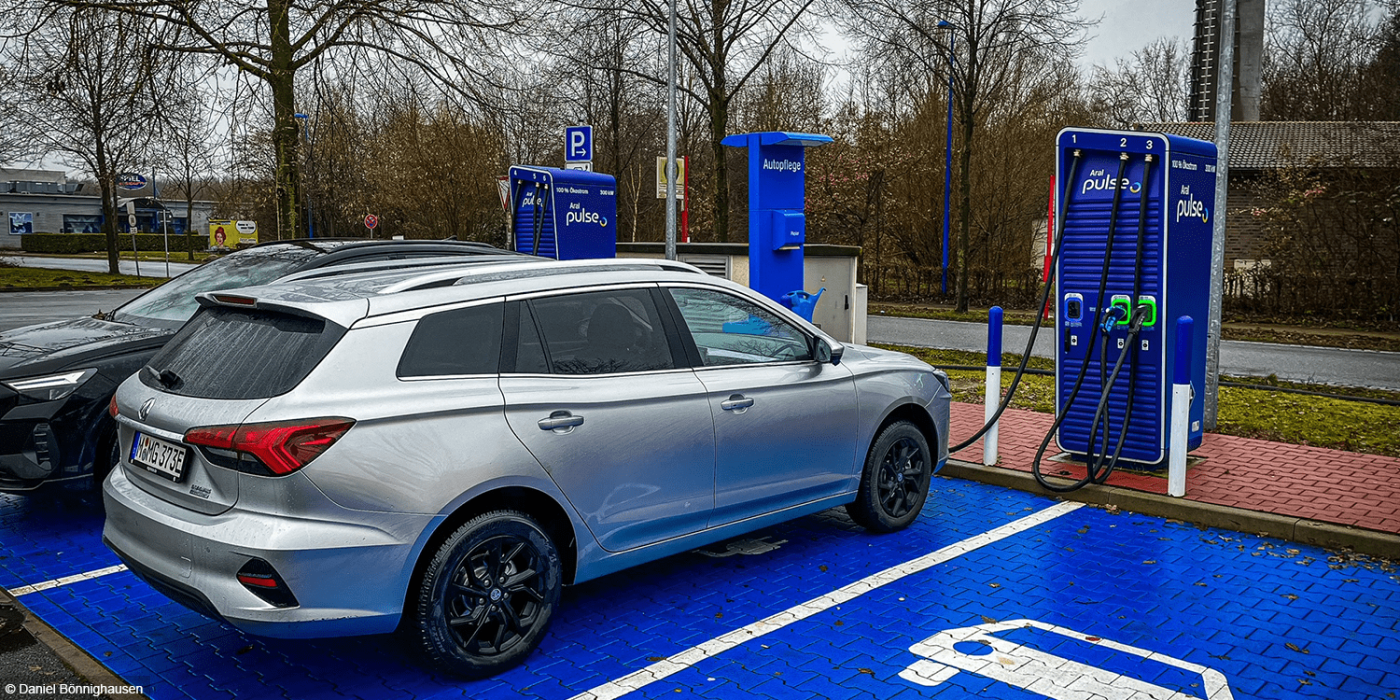
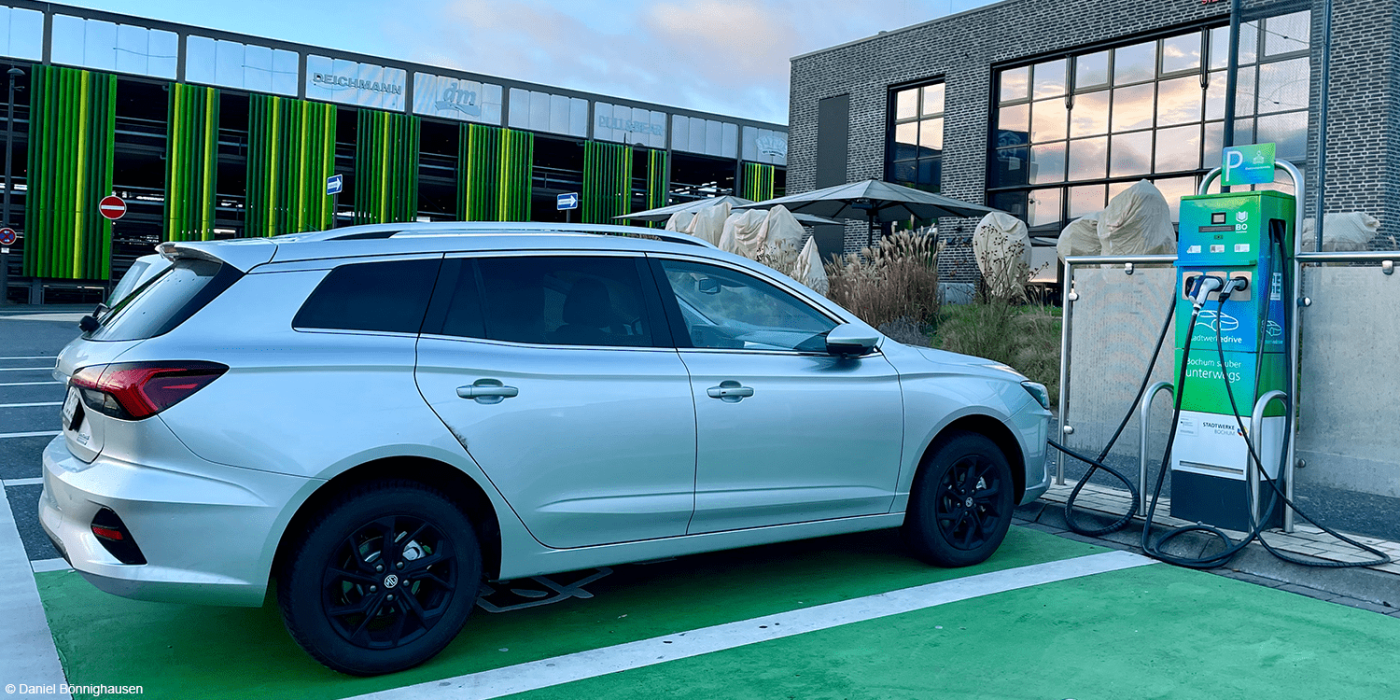
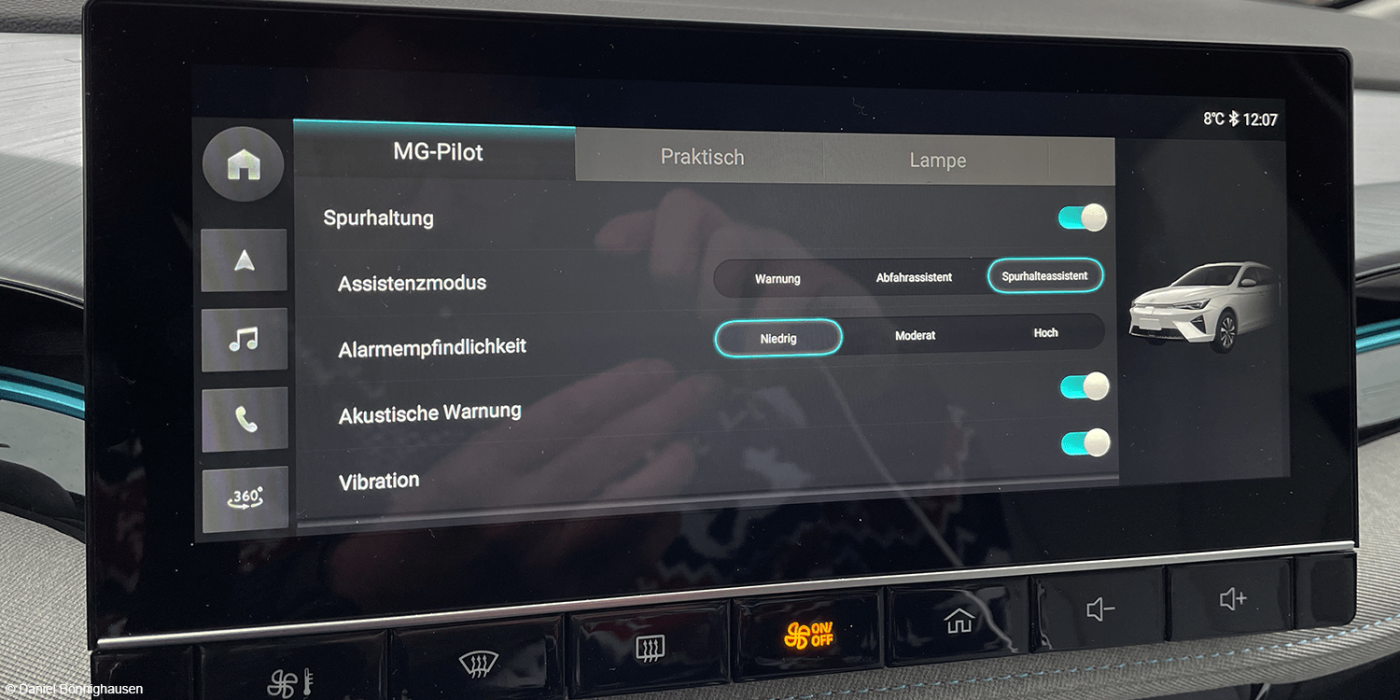
Nevertheless, it cut quite a good figure on longer journeys and turned out to be a practical and pleasant vehicle. This was helped by the aforementioned seats for people up to about 1.90 metres. In the test, it took me a while to find a suitable seating position. For drivers who are a little taller, this might be difficult since the seat is mounted too close to the underbody to sit comfortably. This is certainly not a problem for short to medium distances, but definitely comes up for longer journeys. The same applies to the rear seat bench. The lack of a gimbal tunnel at least makes it a little more comfortable. If you are not a tall person, none of this will be a problem.
Compromises also have to be accepted when it comes to the car’s load volume. The load volume is given as 479 or 1,367 litres (with the rear seat folded down). But when the rear seat bench is folded down, there is no flat load area. Here, the Astra Sports Tourer Electric offers slightly more storage space with 516 to 1,533 litres. A VW Golf Variant (combustion engine) even offers 611 to 1,642 litres. For everyday use and some journeys, the load volume should be sufficient. The loading edge is impractical, which makes loading and unloading the boot somewhat laborious due to the uneven loading space.
Unlike many other electric cars, there is a trailer hitch for the MG5, but as with the estate boot, the utility is rather manageable. The drawbar load of 50 kilograms is not exactly lavish, not to mention the towing capacity of 500 kilograms. At least the MG5 Electric has a roof load of 75 kilograms, which means that additional luggage can be stowed in a roof box.
Conclusion
The MG5 Electric’s specifications place it in the ranks of classic compact station wagons. For Golf variant fans, the compromises may ultimately be too great. However, anyone looking for a practical electric car with halfway acceptable specifications will certainly find what they are looking for in the MG5 Electric. After all, the price-performance ratio is impressive. In Germany, the MG5 we tested is available at a base price of 35,812 euros, (including the manufacturer’s share of the German federal subsidy of the ‘environmental bonus’. For the fully equipped version, MG Motor charges 37,312 euros in Germany. Opel will certainly not offer the Astra Electric at a lower price with the “same” equipment. Compared to the competition, you get a lot of electric car for little money.
Ultimately, whether the MG5 as an electric station wagon is the better vehicle in utility compared to the supposedly inefficient SUVs is a question everyone must answer for themselves. At this point, we refer you to our driving report on the MG ZS EV. It starts at 31,312 euros including the manufacturer’s share of the environmental bonus in Germany. In the test (in summer, mind you), better consumption figures were achieved, but the ZS EV and the MG5 Electric are almost on par. And with 470 to 1,375 litres of boot space, the ZS EV is also on par with the E-Class.
The MG5 Electric is also available as a cheaper version for 32,812 euros, which has a more powerful electric motor with 130 kW. Needless to say, it has a smaller battery, which means that only 320 kilometres are possible according to WLTP.

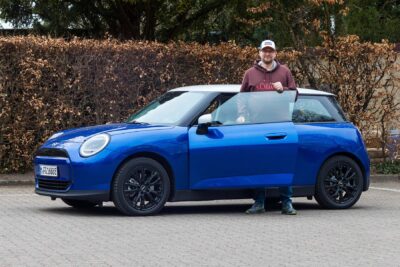

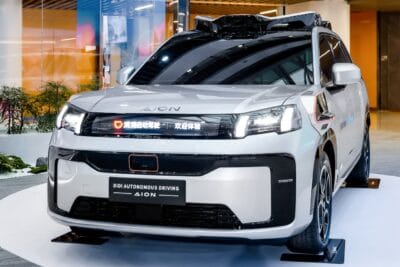
1 Comment